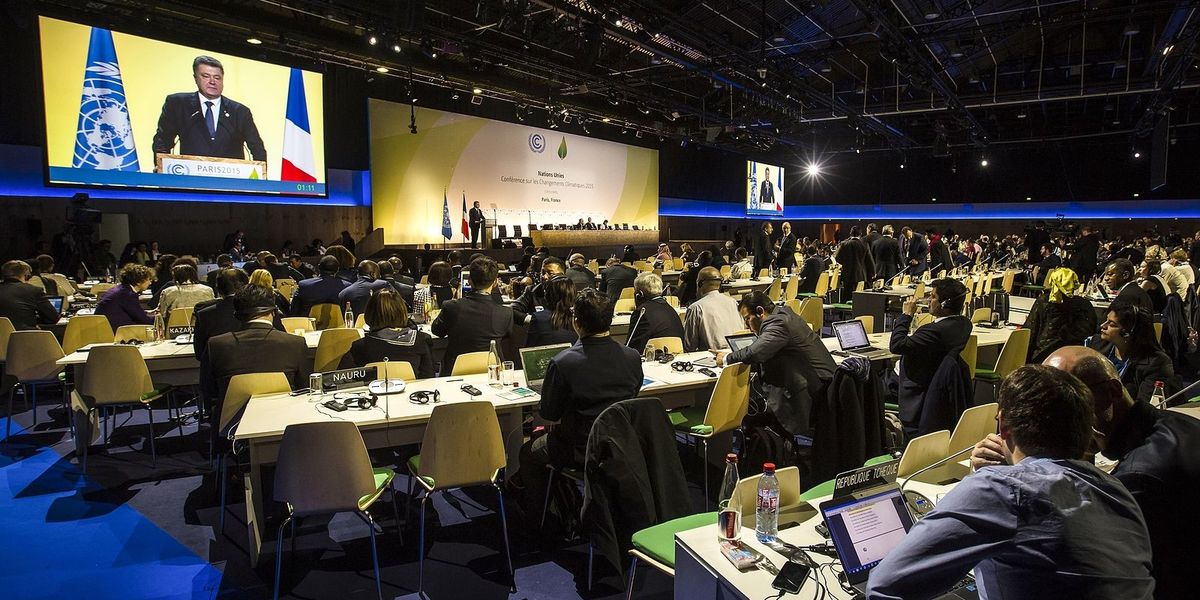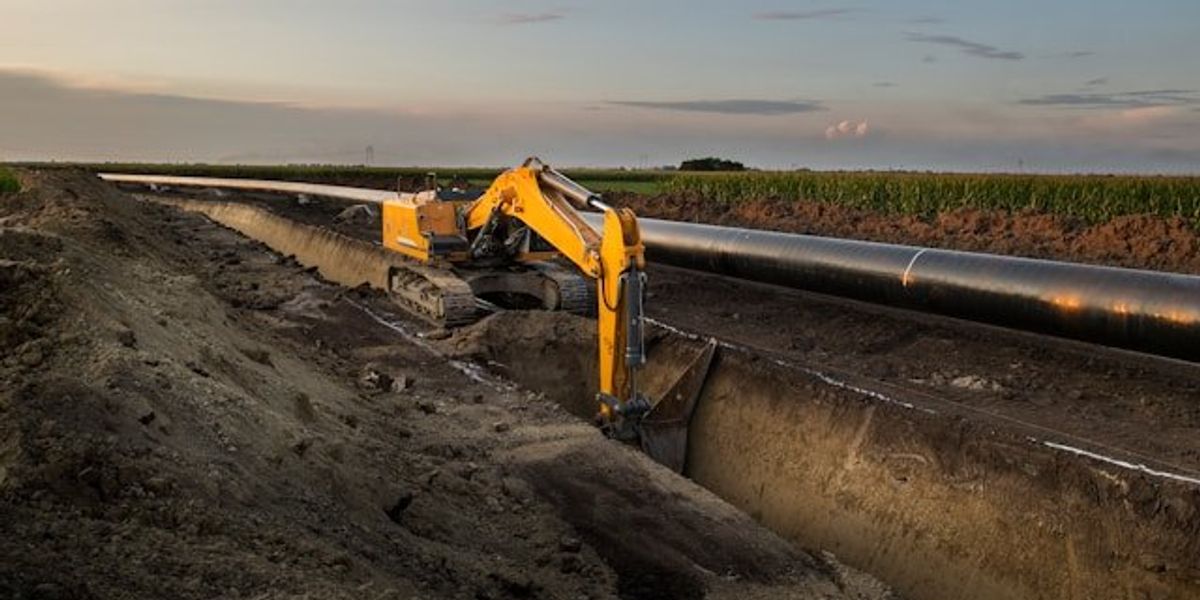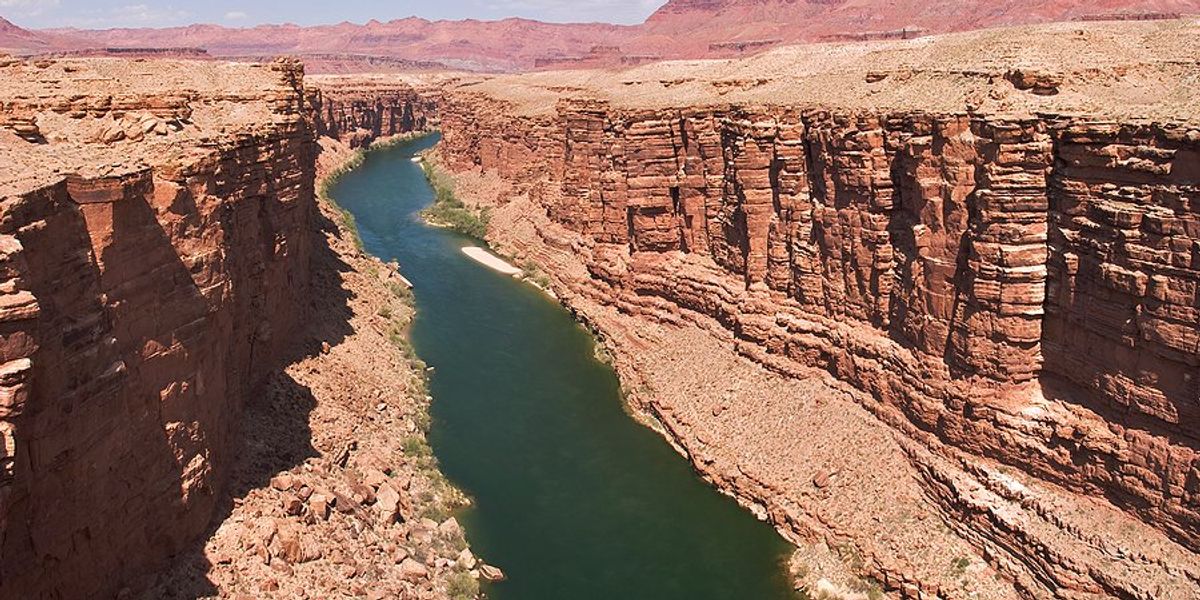Youth-led lawsuit pushes Ontario to defend weaker emissions goals in court
Ontario’s top court has granted seven young activists the right to challenge the provincial government’s weaker emissions targets, which they argue infringe on their constitutional rights to security and equality.
Fatima Syed reports for The Narwhal.
In short:
- Seven youth, ages 17 to 29, supported by Ecojustice, filed a lawsuit in 2019 against the Ontario government for rolling back emissions reduction targets set under a prior cap-and-trade program.
- Ontario’s Superior Court initially dismissed the case, interpreting it as a challenge to government inaction, but the Appeal Court ordered a new hearing, supporting the view that current policies directly threaten the plaintiffs' rights.
- The plaintiffs aim to hold Ontario accountable to the Paris Agreement’s 1.5 C target, arguing that the province’s weaker targets will worsen climate impacts, especially for future generations and Indigenous communities.
Key quote:
“We’re asking Ontario to stop and limit the amount of greenhouse gas emissions that it’s authorizing. We’re saying the government is interfering with our security, our liberty, our lives by implementing a climate policy that is woefully inadequate.”
— Nader Hasan, lawyer representing the youth
Why this matters:
This case is a pioneering legal attempt to connect climate action with Canadian charter rights. If successful, it could set a North American precedent by legally mandating that governments adhere to international climate targets, underscoring the urgency of addressing climate change at a policy level.
Related: Opinion: When kids feel the magic of nature, they will want to protect it













